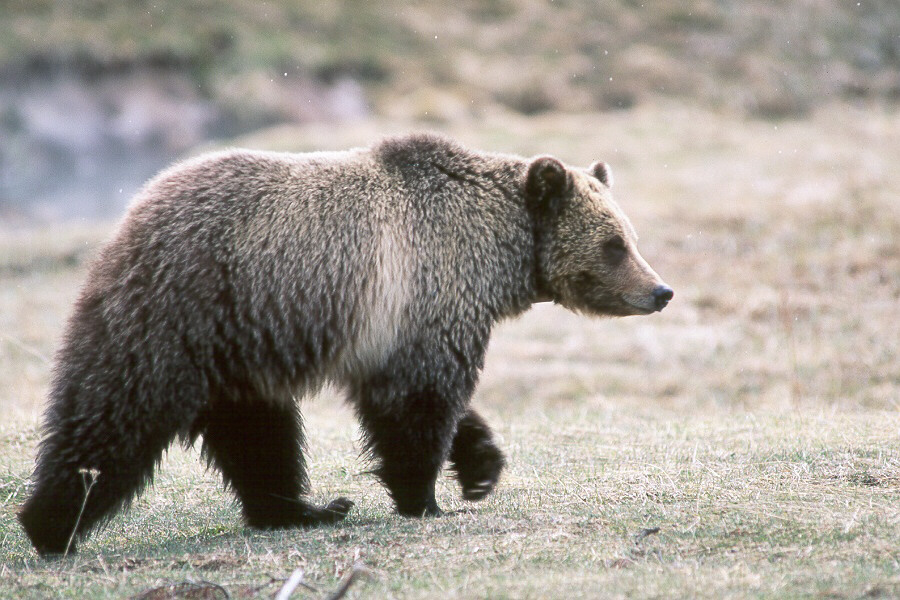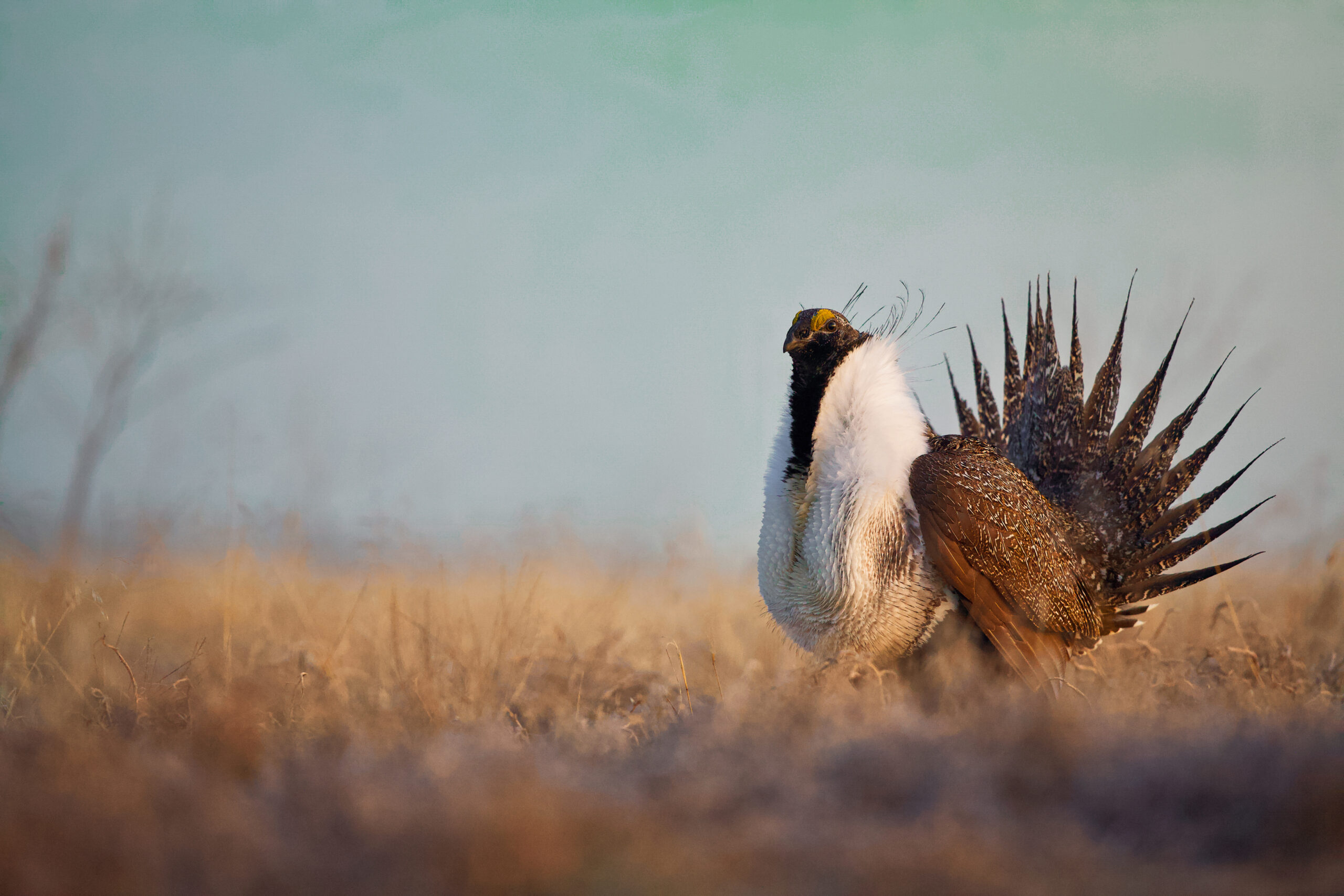
A public comment submitted to the U.S. Fish and Wildlife Service and the National Parks Service in regard to the proposed reintroduction of grizzly bears into the North Cascades Ecosystem.
Main Points
- Species reintroductions, habitat restoration, and other proactive conservation efforts are essential to recovering endangered and threatened species. But in carrying out these efforts, federal agencies must work with, not against, states, communities, and private landowners. Trust between federal agencies and local stakeholders is critically important but has too often been lacking under the Endangered Species Act.
- Restoring grizzlies to the North Cascades ecosystem would move the species closer to recovery. But the proposal has provoked significant opposition from local communities and private landowners. To address these legitimate concerns, the National Park Service and U.S. Fish and Wildlife Service should consider additional and more creative approaches to mitigate the costs grizzlies would impose on communities and landowners.
- The Services should also plan for the reintroduction’s success, including by providing more flexibility as the population grows and gradually transferring management responsibility to the state.
Introduction
The ultimate goal of the Endangered Species Act is to recover species to the point that they are no longer endangered or threatened with extinction. This is no easy task. For most imperiled species, leaving them alone is not enough. But proactive recovery efforts cannot easily be regulated into existence. Even the most well-intentioned regulation may discourage such efforts through perverse incentives. As a consequence, the Endangered Species Act’s results to date have been mixed. It has been remarkably effective at one part of the recovery goal, preventing extinction so that recovery is still possible. Ninety-nine percent of listed species persist today, and hundreds of extinctions may have been avoided. But only 3% of listed species have recovered over the last half-century—far fewer than the Fish and Wildlife Service projected by now—and a similarly small percentage have populations that are improving.
PERC supports the Fish and Wildlife Service’s efforts to facilitate more voluntary recovery efforts and undertake its own proactive efforts, including species reintroductions. The long-term effectiveness of such efforts depends on building trust and goodwill with states, local communities, and landowners. It also depends on creating the right incentives for conservation. To that end, PERC has urged the Fish and Wildlife Service to be more creative in its regulatory decisions and recovery projects to make imperiled species an asset rather than a liability for the local stakeholders whose actions have the greatest impact on recovery.



